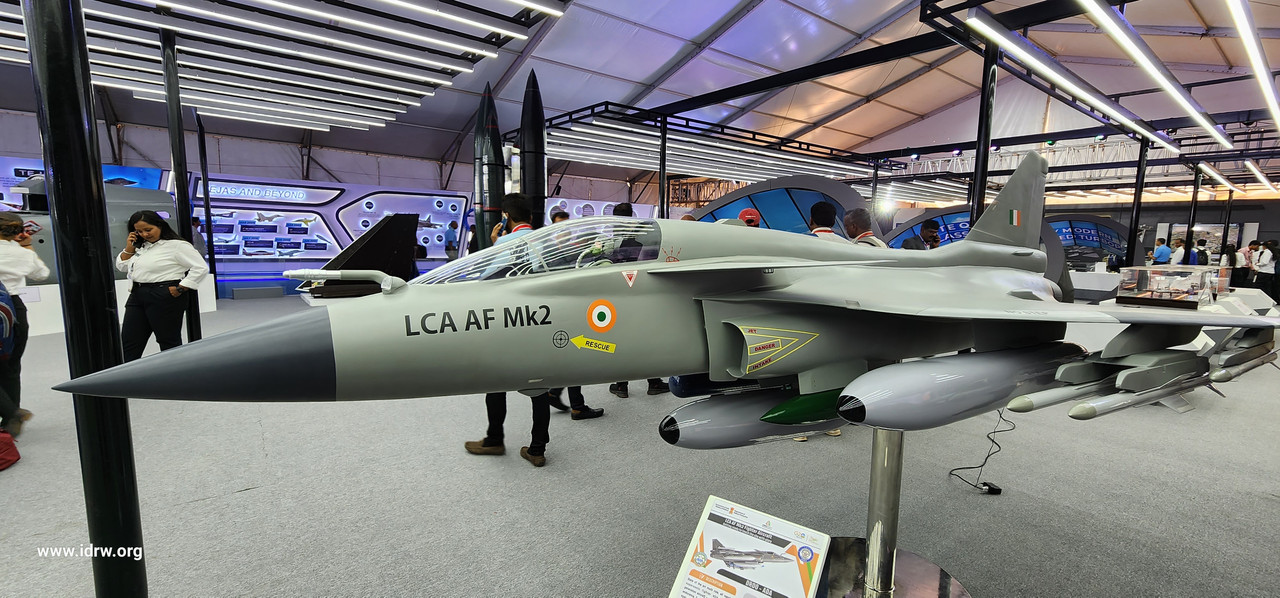SOURCE: RAUNAK KUNDE / NEWS BEAT / IDRW.ORG

The Indian Ministry of Defence (MoD) is setting its sights on the export potential for the upcoming Tejas MkII fighter jet, aiming to position it as a competitive option in the medium-category market. This strategic shift comes as several current-generation Russian fighter jet operators seek alternatives due to political tensions and rising costs.
With many former Soviet states looking to replace ageing Russian jets but finding Western options cost-prohibitive, the Tejas MkII seeks to bridge the gap. Offering advanced capabilities at a potentially attractive price point, it could become a viable contender for nations like Vietnam, Algeria, and African Countries.
Work on the Tejas MkII is progressing rapidly, with funding secured and rollout planned within the next two years. Development trials will follow a tight timeline, prioritizing basic air-to-air and air-to-surface weaponry integration before production commences. This phased approach aims to avoid delays that plagued the Tejas MkI program.
Despite being in development, the Tejas MkII has reportedly garnered interest from several countries. However, adhering to the timeline is crucial to avoid repeating the delays that plagued the LCA-Tejas MkI program, which lost a Malaysian order due to the lack of major IAF orders.
The Indian Air Force’s commitment to procure 120-200 Tejas MkII units upfront provides a significant boost to export prospects. This demonstrates domestic confidence in the aircraft’s capabilities and serves as a strong endorsement for potential buyers.
The Tejas MkII faces competition from established players like the Swedish Gripen-E and Chinese J-10CE. However, its indigenous development and potentially lower life-cycle costs could be attractive propositions. Export success will depend on managing timelines, showcasing capabilities, and establishing a robust support infrastructure.
The success of the Tejas MkII export campaign hinges on efficient development, timely deliveries, and building a strong reputation for performance and support. By capitalizing on its unique advantages and addressing potential challenges, India can leverage this next-generation fighter jet to establish itself as a major player in the global arms market.
NOTE : Article cannot be reproduced without written permission of idrw.org in any form even for YouTube Videos to avoid Copy right strikes. Websites doing illegal reproductions will get DMCA and Legal Notices.